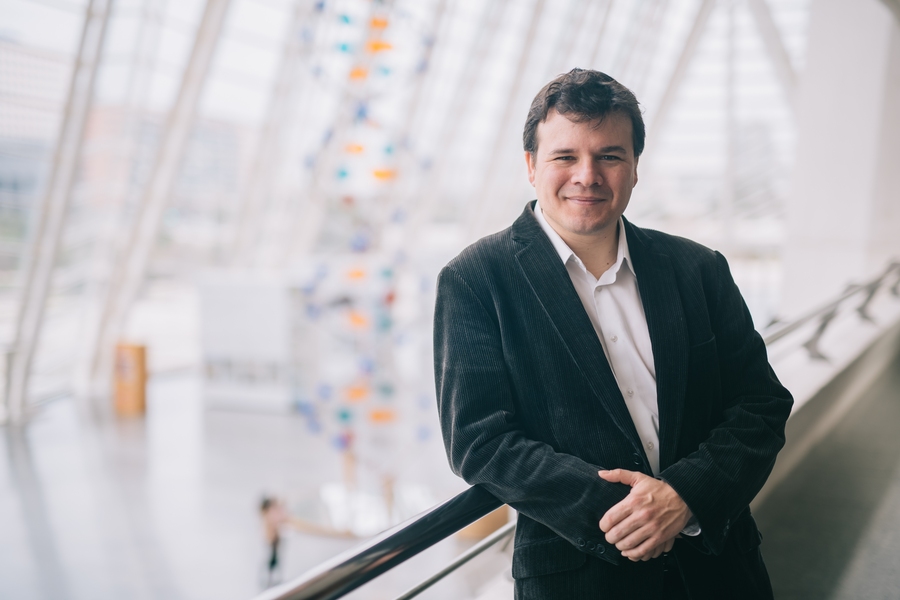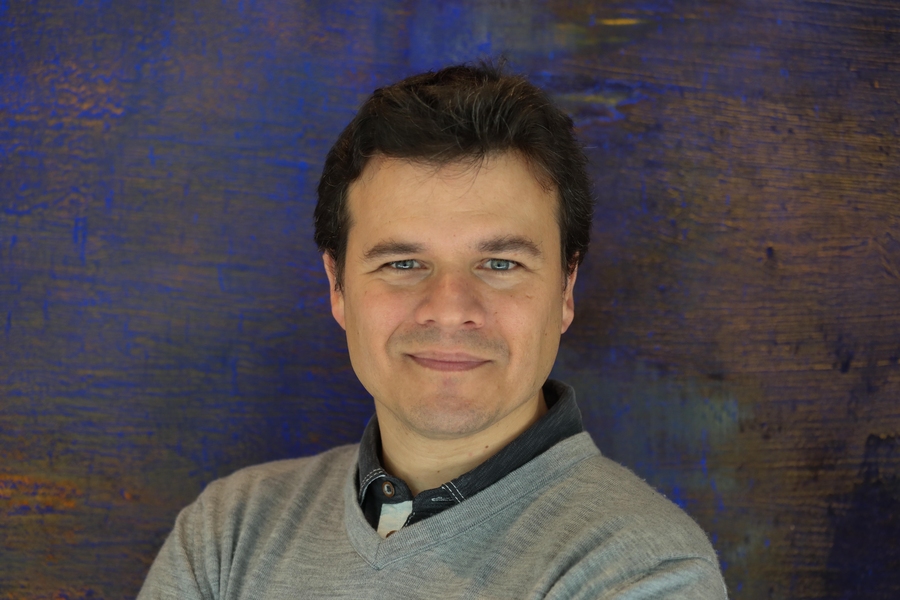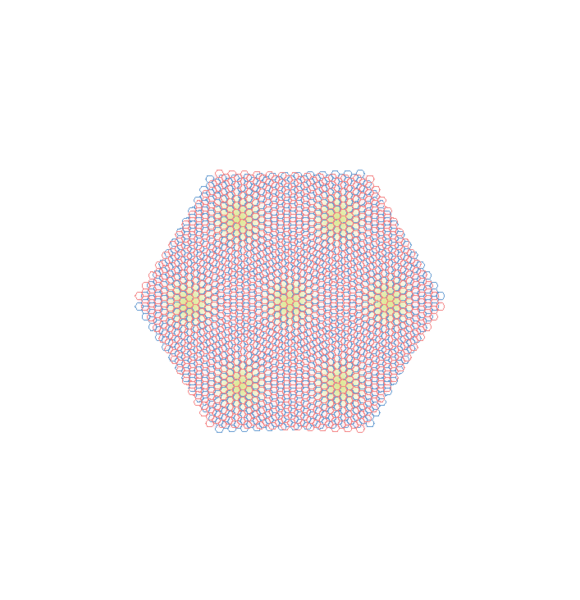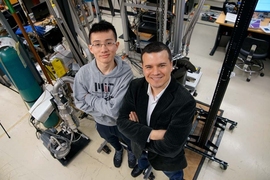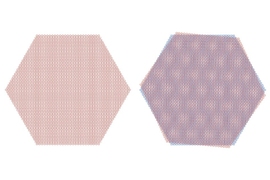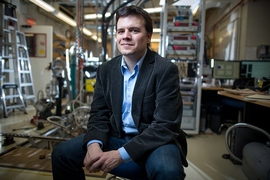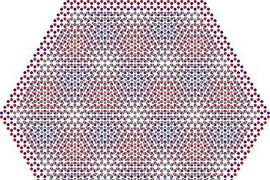Cecil and Ida Green Professor of Physics Pablo Jarillo-Herrero was awarded the 2020 Wolf Prize in Physics for his experimental contributions to breakthrough developments in twisted bilayer graphene research, which uncovered unique electrical properties with the long-range potential for creating new superconducting materials.
The condensed-matter experimentalist shares the prize with theorists Professor Allan MacDonald of the University of Texas at Austin, and Rafi Bistrizter of Applied Materials Israel.
"It's an incredible and humbling honor to receive this recognition," says Jarillo-Herrero. "I see it as an acknowledgement, and appreciation, by the global physics community for the work of my fantastic group of graduate students and postdocs, as well as my collaborators here at MIT and around the world." He adds, "I hope this prize will motivate young physicists to pursue the beautiful field of 2D materials!"
Professor Peter Fisher, head of the Department of Physics, notes, “The twisted graphene result is in a class of its own, and we are very excited about it. Pablo is a real leader at MIT and this work adds to his already great stature."
Thanks to game-changing discoveries 15 years ago relating to the electronic properties of two-dimensional graphene — the world’s best electrical conductor — physics and materials science researchers have since developed a new field, dubbed “twistronics.”
Twistronics researchers study how it is possible to "tune" the electronic properties of two-dimensional materials by changing, or "twisting," the angle of rotation between two adjacent crystalline layers of graphene. Such tuning through twisting is unprecedented in the history of quantum materials.
In Jarillo-Herrero’s group, experiments were inspired by a 2011 paper by theorists MacDonald and Bistritzer predicting the interesting properties of electrons resulting from the rotating, or twisting, of the atomic lattices of stacked layers of graphene.
By creating and measuring bilayer graphene of multiple twist angles, Jarillo-Herrero's group reached a breakthrough in 2018 with the discovery of “the magic angle” — two layers positioned at 1.1 degrees — that resulted in unique, entirely unpredicted electronic behaviors.
At this "magic angle," and at low temperatures, electrons in twisted bilayer graphene were seen to slow down tremendously, as predicted years earlier. However, the electron slowdown discovered by Jarillo-Herrero and collaborators also led to new, fascinating behaviors, such as novel insulating and superconducting states.
The new field of twistronics, with the experimental and theoretical challenges of observing and tuning these new electronic behaviors into a single material platform, has become a next-generation game-changer and brings together multiple branches of condensed-matter physics.
While most current research efforts are still focused on understanding the fundamental physics of these new “twisted” materials, the insights provided are expected to have a major impact in multiple areas of science and technology — ranging from the design of new superconductors operating at higher temperatures to the development of novel quantum devices for advanced quantum sensing, photonics, and computing applications.
A native of Valencia, Spain, Jarillo-Herrero joined MIT as an assistant professor of physics in January 2008 and was promoted to full professor in 2018. His awards include an Alfred P. Sloan Fellowship; a David and Lucile Packard Fellowship; a DOE Early Career Award; a Presidential Early Career Award for Scientists and Engineers; an ONR Young Investigator Award; a Moore Foundation Experimental Physics in Quantum Systems Investigator Award; and the Oliver E. Buckley Condensed Matter Physics Prize. In 2018, Jarillo-Herrero was elected a Fellow of the American Physical Society.
The annual international prize of the Israeli-based Wolf Foundation, the Wolf Prize is now in its 42nd year, and celebrates exceptional achievement worldwide in the sciences and arts done "in the interest of mankind and friendly relations among peoples." Awards are given broadly, in fields ranging from physics, chemistry, mathematics, and agriculture to painting and sculpture, music, and architecture.
Prior Wolf Prize laureates in the MIT Department of Physics include Lester Wolfe Professor of Physics Emeritus Daniel Kleppner (2005) and MIT Institute Professors Emeriti Bruno Rossi (1987) and Victor Weisskopf (1981).
